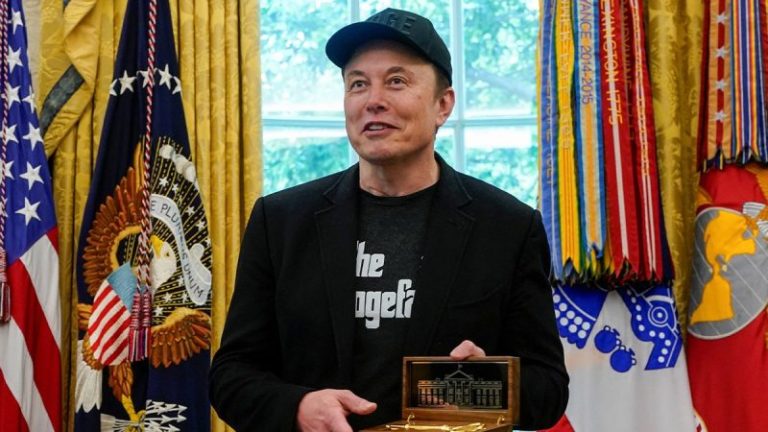Highlights
– Discussions with multiple spodumene concentrate producers-both operational and near-term developers
– Substantial benefits (transport costs and tariffs) to supplying local convertor
– Supply estimated to commence around 2028
– Targeting 140,000 tpa SC6 spodumene supply once ramped up
– LU7 intends to purchase spodumene ore at benchmark prices from the market
– Targeting minimum supply of 10 years for project finance
The Company, as stated previously, have been in discussions with multiple spodumene concentrate producers-both operational and near-term developers-regarding long-term feedstock supply agreements for the Becancour Lithium Refinery. In these discussions, these parties recognise a real benefit in potentially supplying their spodumene product to a local lithium converter as opposed to shipping and selling their spodumene to Chinese operations for conversion. The spodumene transport costs could be as high as US$100 per dmt which represents US$800-900 per tonne of finished lithium carbonate product. If the final lithium carbonate must be shipped back to North America that adds another approximately US$200 per tonne of final product. Today, Canada has an import tariff of 25% on all Chinese lithium chemicals so the local conversion is an overriding advantage.
In these discussions, the Company is targeting a non-binding MoU for the full supply of 140,000 tonnes per annum for SC6 grade spodumene material. The target tonnes will proportionally increase if the grade is less than 6% LiO2. The supply agreement could be converted to a definitive agreement when the refinery becomes
funded, and construction commences. Ideally, LU7 is targeting a spodumene feed supply to be at least 10 years and rolling 5 years, to give security of supply for project financing. In these discussions, the Company is targeting supply commencing around 2028 at approximately 56,000 tonnes per year. The required supply tonnage will increase to 98,000 tonnes in 2029 and reach full capacity at 140,000 tonnes per annum from 2030 onward. The spodumene supply is targeted to be delivered to the Becancour Lithium Refinery storage shed on site. Whilst spodumene supply could be from anywhere in the North Atlantic region (including Brazil and Africa), a strategic domestic Canadian feedstock source would mitigate the Company’s risks and logistical challenges of overseas shipments and foreign processing. It is proposed that the spodumene concentrate will be refined into approximately 18,270 tonnes per annum of battery-grade lithium carbonate (as per DFS), supporting the expansion of Canada’s electric vehicle (EV) and energy storage industries.
LU7 intends to purchase spodumene ore at benchmark prices from the market, and LU7 will retain full ownership of the resulting lithium carbonate, with the right to sell it either to the open market at benchmark prices or directly to an OEM offtaker. To clarify, the Company is not searching for a tolling arrangement.
Executive Chairman Iggy Tan said ‘There are several interested potential spodumene suppliers that could meet the 2028 timeframe and discussions are ongoing. There is real interest in the market. The Company will continue to keep the market informed concerning progress of these discussions and negotiations. Once we can secure feedstock supply for the refinery the focus will shift to getting a strategic OEM on board the project in exchange for the valuable battery grade lithium carbonate offtake’.
About Lithium Universe Ltd:
Lithium Universe Ltd (ASX:LU7) (FRA:KU00) (OTCMKTS:LUVSF), headed by industry trail blazer, Iggy Tan, and the Lithium Universe team has a proven track record of fast-tracking lithium projects, demonstrated by the successful development of the Mt Cattlin spodumene project for Galaxy Resources Limited.
Instead of exploring for the sake of exploration, Lithium Universe’s mission is to quickly obtain a resource and construct a spodumene-producing mine in Quebec, Canada. Unlike many other Lithium exploration companies, Lithium Universe possesses the essential expertise and skills to develop and construct profitable projects.
Source:
Lithium Universe Ltd
Contact:
Alex Hanly
Chief Executive Officer
Lithium Universe Limited
Tel: +61 448 418 725
Email: info@lithiumuniverse.com
Iggy Tan
Chairman
Lithium Universe Limited
Email: info@lithiumuniverse.com
News Provided by ABN Newswire via QuoteMedia










